| Have you found an error or do you want to add more
information to these pages? You can contact me at the bottom of the home page. |
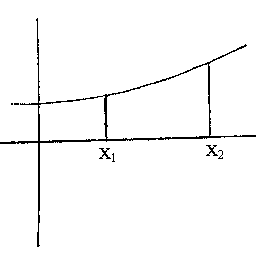
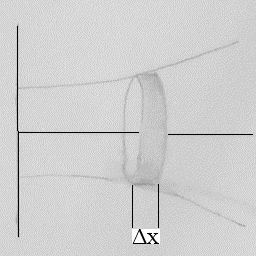
| Volume ≈ | x=b ∑ x=a |
πy2(Δx) |
| Volume = | ∫ | b | πy2 dx |
| a |
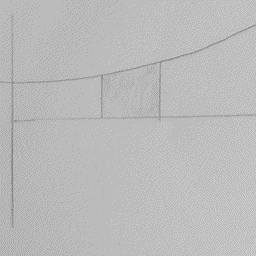
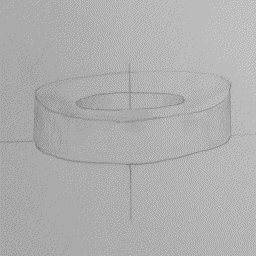
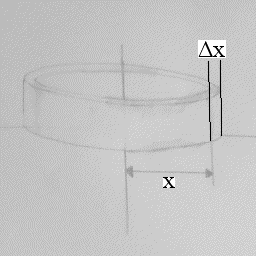
| Volume ≈ | x=b ∑ x=a |
2πxy•(Δx) |
| Volume = | ∫ | b | 2πxy dx |
| a |
| Volume = 2π | ∫ | b | xy dx |
| a |
| Volume = π | ∫ | b | y2 dx (rotating around the y axis) |
| a |
| Volume = 2π | ∫ | b | xy dx (rotating around the x axis) |
| a |
| y |
= x | r h |
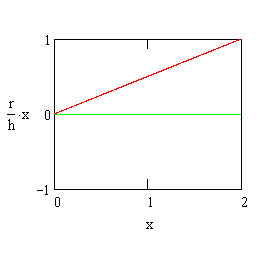
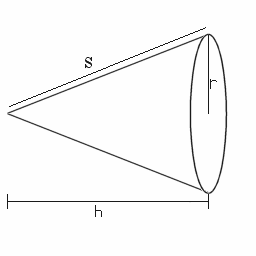
| Volume = π | ∫ | b | y2 dx |
| a |
| Volume = π | ∫ | h | (rx / h)2 dx |
| 0 |
| Volume = π | r2 | ∫ | h | x2 dx |
| h2 | 0 |
| Volume = π | r2 h2 |
( | h3 3 |
) | = | πr2h 3 |
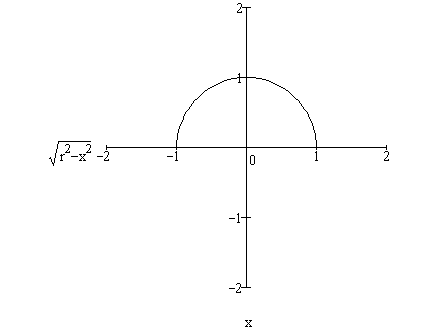
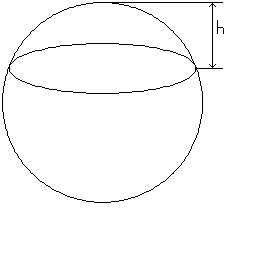
| Volume of a section of a sphere = π | ∫ | h | 2xr - x2 dx |
| 0 |
| = π | ( | h2r - | h3 3 |
) |
| Volume of a section of a sphere = πh2 | ( | r - | h 3 |
) |
| Have you found an error or do you want to add more
information to these pages? You can contact me at the bottom of the home page. |